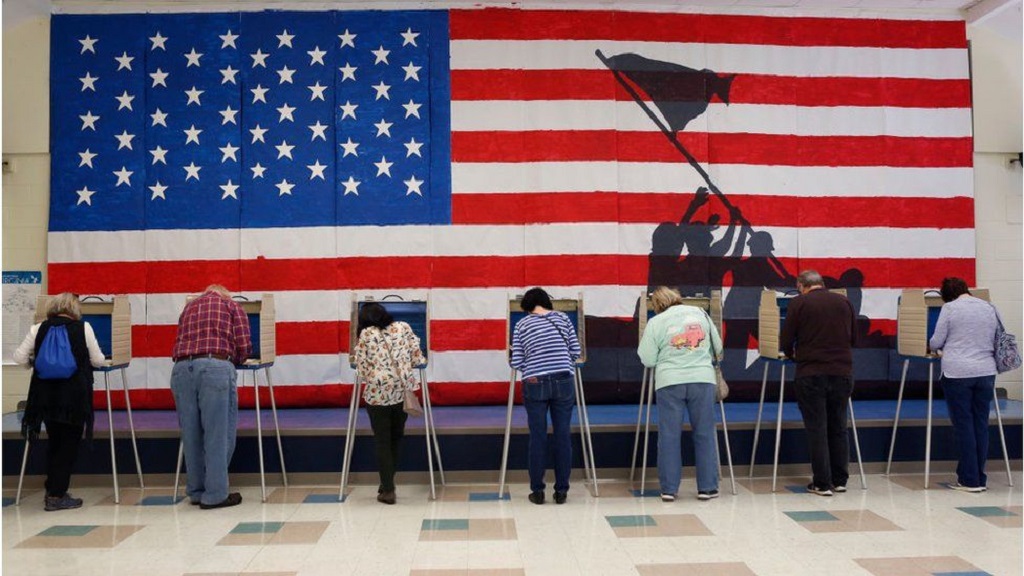Presenting a candidacy and being elected in the elections is not an easy task, but there are many aspects that you must take into account to win the vote of the electorate. Likewise, it will be essential to surround yourself with a human team prepared to carry out this arduous mission. Thus, we want you to know the basic principles of political communication and explain how to run a good electoral campaign.
Steps to run a good election campaign
In the first place, it is important to highlight that political communication has particular features depending on the country or region where the elections are held and based on the electoral system and type of government. However, most of the traits will be common and applicable to most elections.
Therefore, before starting the electoral campaign, it will be essential that you have:
- A strong electoral program with interesting proposals and real objectives
- A team of people to form a list
Second step:
You should look for the strong points that characterize your candidacy or party since these will be the advantages that can make you differentiate yourself from the rest of the electoral representatives and that the voters choose to grant you their vote.
You can base your campaign on some generic feature of the party or focus more specifically on other specific aspects of your electoral program, which will surely be interesting to those who must go to vote.
3rd step:
Next, you will have to create a slogan or slogan that serves as the campaign’s emblem and around which the electoral campaign will revolve. So, you must come up with a phrase that summarizes your philosophy or the goal you want to achieve; It should be noted that there are repeatedly used concepts in electoral slogans such as “solutions” or “trust.”
Similarly, slogans based on “change,” “progress,” “novelty,” “alternative” … are common in the case of parties that previously did not governor were in opposition, so its strong point will be to contribute new ideas.
Another fundamental point for the electoral campaign
It will be to have good photographs of the candidate and the group of people that make up the list. To do this, you must find a suitable setting that is consistent with the proposals you defend and hire a professional who can advise you on all photographic issues and take snapshots.
It will also be very important that you decide how you will contact and impact voters. There are currently many other methods in addition to the traditional electoral posters and postal mail.
Thus, the Internet and social networks are the order of the day and are essential tools for any electoral campaign, especially to reach certain audiences such as younger voters. In this way, it may be interesting to create a Facebook page or a Twitter profile to communicate your proposals and interact with the electorate.
How to count electoral abstention
At the polling station, a register of Census voters who come to vote is kept. Voter abstention does not influence the results of an election. Not so the null votes or the blank votes.
Steps to follow:
- Electoral abstention occurs when a person does not go to exercise their right to vote. Since they are all registered in the Census, the voters who have not gone to vote can be tracked. Although it can be counted, voting abstention does not affect the results of an election, nor is it penalized.
- For a vote to be valid, the ballot must be correctly filled out and inserted in the envelope. On the other hand, if you want to exercise your right to vote as a voter, you must be registered in the Electoral Census and present your ID or passport. Finally, if you are not satisfied with any of the political options presented in the elections, you can vote blank. This is done by inserting the envelope into the empty ballot box, with no votes inside.
- Not all ballots deposited in a ballot box are valid in an election. When they have been altered or damaged, they are considered invalid votes and are discarded.
- Thus, the rest of the votes that could have been cast but have not done so (that is, discarding blank votes and invalid votes) are abstentions: there has been no intention to participate in the democratic process in any way.
Often the results of abstention (expressed in percentage) are used as a representative indicator of the democratic functioning of a country.
You may also like to read, Why young people should vote and do teens should vote?






